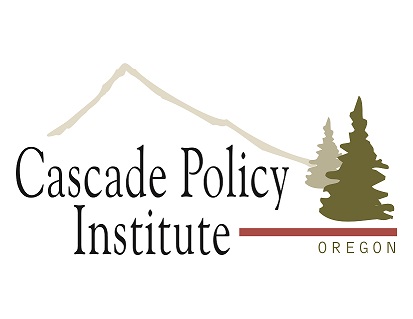

Oregon can no longer claim the dubious honor of being the “hungriest state in the nation.” According to the 2002 food insecurity rankings released last week by the U.S. Department of Agriculture (USDA), that title now belongs to Oklahoma, whose hunger rate of 5.1 percent edged out Oregon by one-tenth of a percent.
Though this change will likely be fodder for many debates about the true level of hunger in Oregon, the fact is, the USDA rankings have never been especially meaningful. The reason: The relationship between food insecurity and nutrient intake is weak.
Recent studies show that many households labeled food-insecure by the USDA have above-average levels of nutrient availability, even when household income is low. One such study, Food Stamp Participants’ Food Security and Nutrient Availability (USDA, 1999), looked at the availability of nutrients to food stamp users who were identified as food-insecure. An unexpected finding was, “food insecure households tend, other things equal, to have higher levels of nutrient availability than households that are food secure.”
Other studies have found that while the poor are more likely to suffer from food insecurity, they are also more likely to be obese. They tend to under-consume important nutrients while over-consuming calories and high-fat foods. Thus, the problem is “misnutrition” not malnutrition.
Oregon may indeed have a high food-insecurity ranking, but increasingly we should ask: Why does it matter?
© 2006, Cascade Policy Institute. All rights reserved. Permission to reprint in whole or in part is hereby granted, provided the author and Cascade Policy Institute are cited. Contact Cascade at (503) 242-0900 to arrange print or broadcast interviews on this topic. For more topics visit the QuickPoint! archive.











